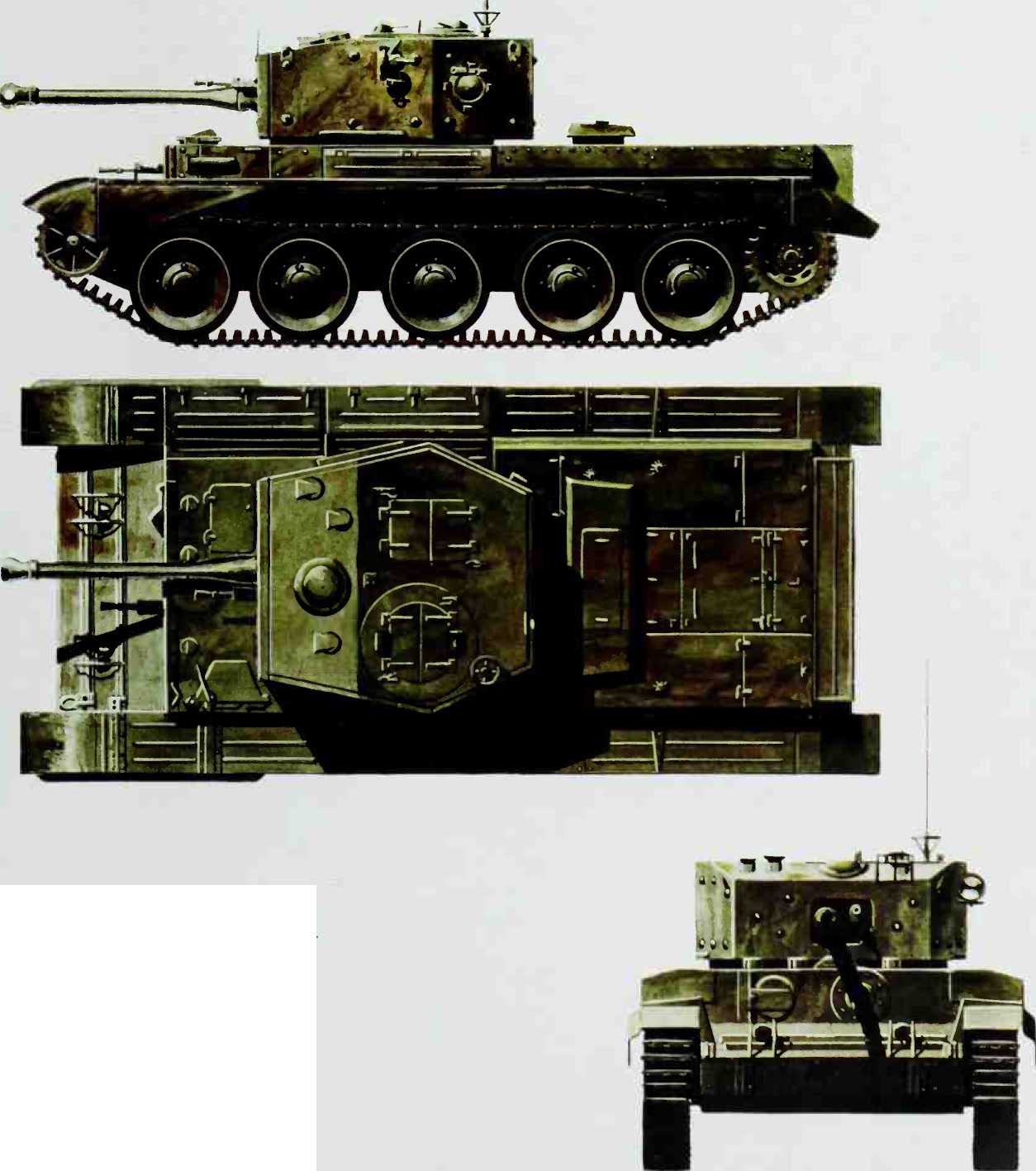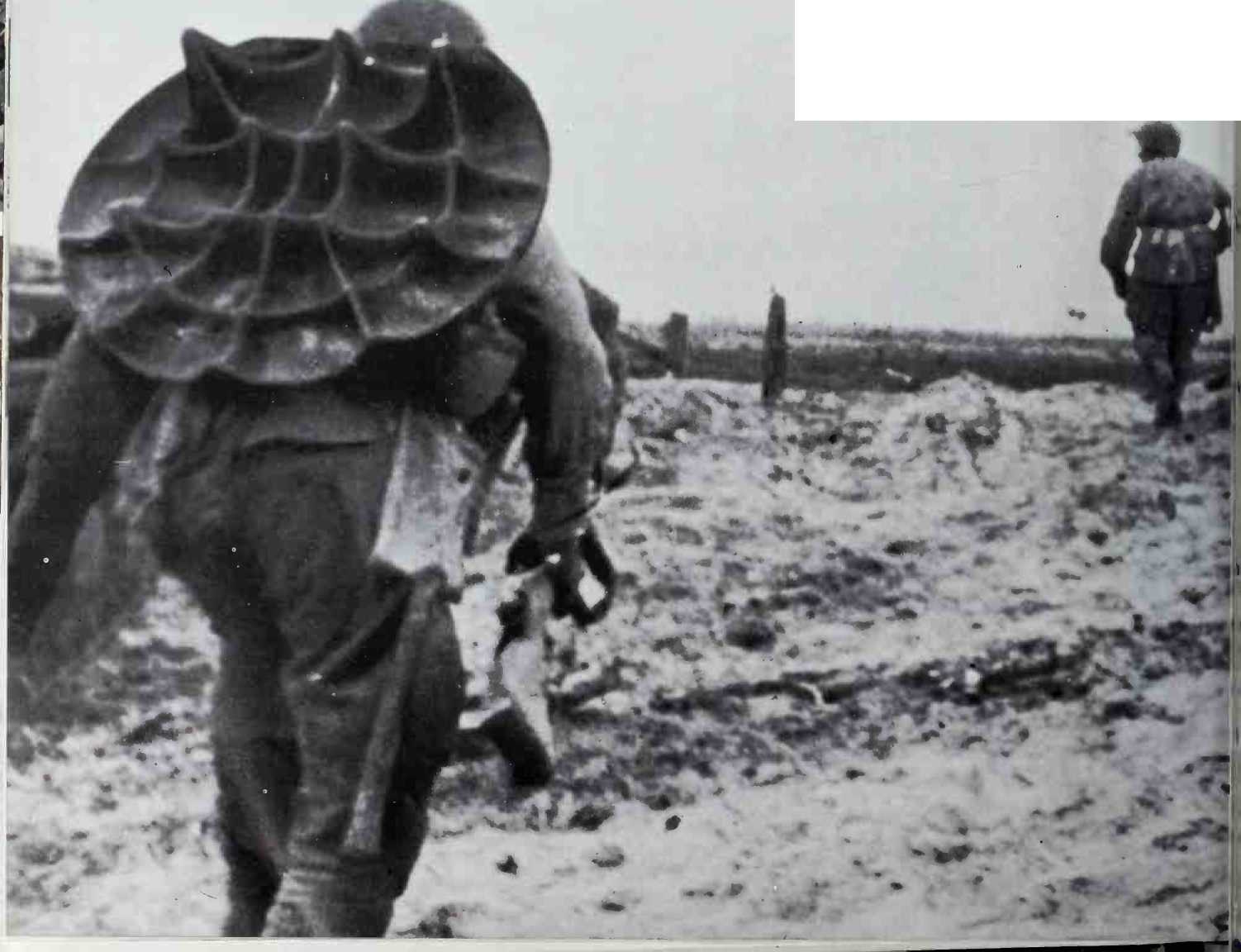On March 10, 1945, Hitler told Kessel-ring that he viewed the offensive Stalin was preparing to launch against Berlin with complete confidence. Colonel-
General Guderian viewed the matter differently; urging Himmler to take soundings in Stockholm for surrender, he repeated several times: "It’s not 11.55 now-it’s 12.05!” In view of the open pessimism of his O. K.H. Chief-of-Staff, Hitler dismissed him on March 28 on grounds of ill health and appointed Colonel-General H. Krehs, who had heen the German military attache in Moscow on June 22, 1941, as his successor.
Army Group "Vistula” was charged with the defence of Berlin; Heinrich Himmler had just heen replaced hy Colonel-General Gotthard Heinrici, who rightly enjoyed the complete confidence of his staff and his troops. Cornelius Ryan’s judgement seems quite correct:
"A thoughtful, precise strategist, a deceptively mild-mannered commander, Heinrici was nevertheless a tough general of the old aristocratic school who had long ago learned to hold the line with the minimum of men and at the lowest possible cost.”
Heinrici was in contact with Army Group "Centre” a little below Guben on the Neisse, and was in control of the Oder front between Fiirstenberg and Stettin, but the 1st Belorussian Front on both sides of Kiistrin already had a wide bridgehead on the left bank of the river.
The German 9th Army, under General Busse, had the special mission of barring the invader’s path to Berlin. It was accordingly deployed between Guben and the Hohenzollern Canal connecting the Oder and the Havel:
1. V S. S. Mountain Corps (337th, 32nd "Freiwilligen” S. S. Grenadier, and 236th Divisions) under General Jeckeln;
2. Frankfurt garrison of one division;
3. XI S. S. Panzer Corps ("Miincheberg” Panzer, 712nd, 169th, and 9th Parachute Divisions) under General M. Klein-heisterkamp;
4. XCI Corps (309th "Berlin”, 303rd "Doberitz”, 606th, and 5th Jdger Division) under General Berlin.
This gave a total of 12 divisions on an 80 mile front. Busse, on the other hand, had kept the "Kurmark” Panzer Division in reserve on the Frankfurt axis and the 25th Panzer Division on the Kiistrin axis.
The 3rd Panzerarmee was deployed between the Hohenzollern and Stettin canal; on a 95-mile front it had about ten divisions incorporated in XLVI Panzer Corps, XXXII Corps, and the 3rd Marine Division.
The British Cruiser Tank Mark VIII Cromwell VI

Weight; 27.5 tons.
Armament; one 95-mm Tank Howitzer Mark I and two 7.92-mm Besa machine guns Armour: hull front 63-mm, glacis 30-mm, nose 57-mm, sides 32-mm, decking 20-mm, belly 8-mm, and rear 32-mm: turret front 76-mm, sides 63-mm, rear 57-mm, and roof 20-mm.
Engine: one Rolls-Royce Meteor inline, 600-hp.
Speed: 38 mph.
Range: 173 miles on roads, 81 miles cross-country.
Length; 20 feet 10 inches (hull).
Width: 10 feet.
Height: 8 feet 3 inches.
Russian armourjinfantry attack. Note the man at the left, carrying a mortar base plate.

Heinrici kept his 18th Panzer grenadier, 11th "Nordland” S. S. Freiwilligen Pan-zergrenadier, and 23rd ''Nederland” S. S. Freiwilligen Panzergrenadier Divisions, composed of Norwegian, Danish, Dutch, and Belgian volunteers.
Finally, O. K.H. kept control of XXXIX Panzer Corps, but as Hitler’s intuition told him that the Russians’ main attack would be directed not against Berlin, but along the Gorlitz-Dresden-Prague axis, he handed over this corps to Field-Marshal Schorner and put LVIPanzer Corps, which was considerably weaker, in the rear of Army Group "Vistula”.




 World History
World History









